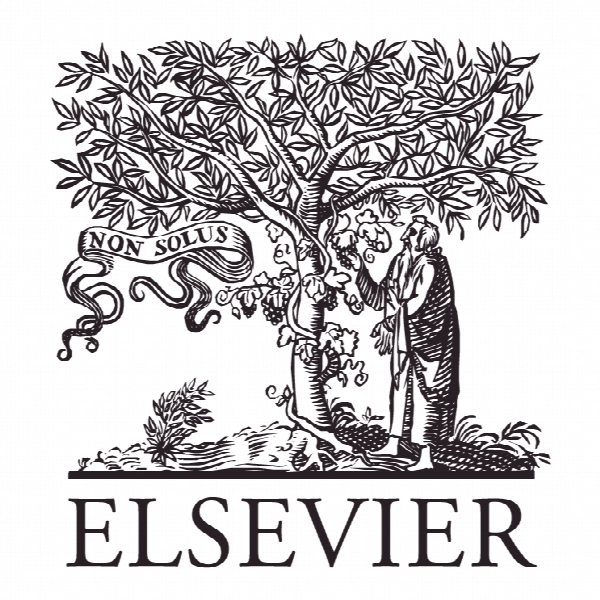چارچوب هویت چندگانه در گروه The Multiple In-group Identity Framework
- نوع فایل : کتاب
- زبان : انگلیسی
- ناشر : Elsevier
- چاپ و سال / کشور: 2017
توضیحات
رشته های مرتبط مدیریت
مجله مرور مدیریت ورزش – Sport Management Review
دانشگاه گروه گردشگری، ورزش و هتلداری، گریفیت، استرالیا
نشریه نشریه الزویر
مجله مرور مدیریت ورزش – Sport Management Review
دانشگاه گروه گردشگری، ورزش و هتلداری، گریفیت، استرالیا
نشریه نشریه الزویر
Description
1. Introduction Since 1990, researchers have dedicated concerted attention to the causes and consequences of team identification (Wann & Branscombe, 1990, 1993). As a result, we know that team identification influences a range of variables, including socialpsychological health (Wann, 2006), brand equity (Boyle & Magnusson, 2007), and match attendance (Wann & Branscombe, 1993). However, consumers do not just identify with sport teams (Heere & James, 2007; Katz & Heere, 2013; Tyler, 2013). Many stadiums come alive due to the colour and noise created by sub-sections of spectators (Giulianotti, 2002; Holt, 1995). Consumers also watch and experience sport with friends, family, and colleagues (Gibson, Willming, & Holdnak, 2002). Both examples illustrate that some sport consumers belong to groups within the superordinate identity1 that also contribute to behaviour and experiences. For this reason, attention is diversifying from the traditional emphasis on superordinate identification (i.e., team, brand, or organisation). Researchers pioneering this shift have investigated the implications of belonging to supporter groups (Bernache-Assollant, Bouchet, Auvergne, & Lacassagne, 2011; Giulianotti, 2002; Tyler, 2013), tailgates2 (James, Breezeel, & Ross, 2001; Katz & Heere, 2013, 2015), and attending matches with friends and family (Gibson et al., 2002). Each study provides novel insights into the benefits and implications of belonging to groups within a superordinate identity. However, the extant research tends to focus on one type of group in-depth, which ignores the complexity and interrelationships that exist between multiple in-group identities. To address this gap in current knowledge, we advance a theoretical framework, which assimilates existing work on subgroup membership and interpersonal attachment to explain why some sport consumers use multiple in-groups to satiate different social needs. This overarching purpose frames three objectives: (1) Define the different levels of group to which a sport consumer may belong. (2) Outline the deficiencies in superordinate identification that motivate a consumer to identify with less inclusive groups. (3) Explain how sport consumers use multiple in-groups to achieve qualitatively distinct self-concept benefits. As a result, this paper contributes to existing theory in three ways. First, it explains why consumers seek out multiple ingroup identities. Second, it outlines how different sizes and types of groups lead to qualitatively different self-concept benefits in the sport consumption context. Third, it lays the foundation for more integrated studies of the multiple in-groups to which a sport consumer may belong in the future.


